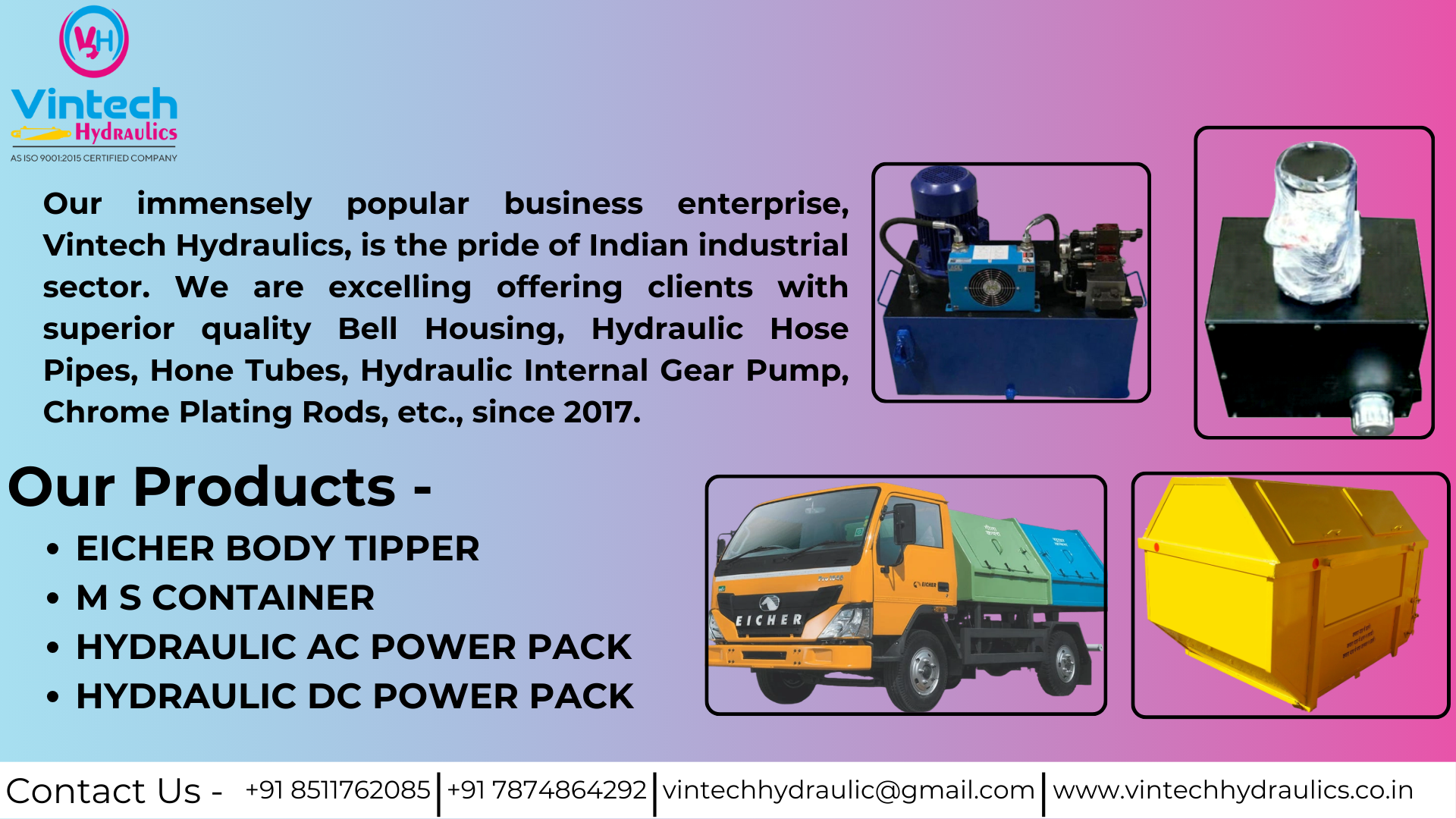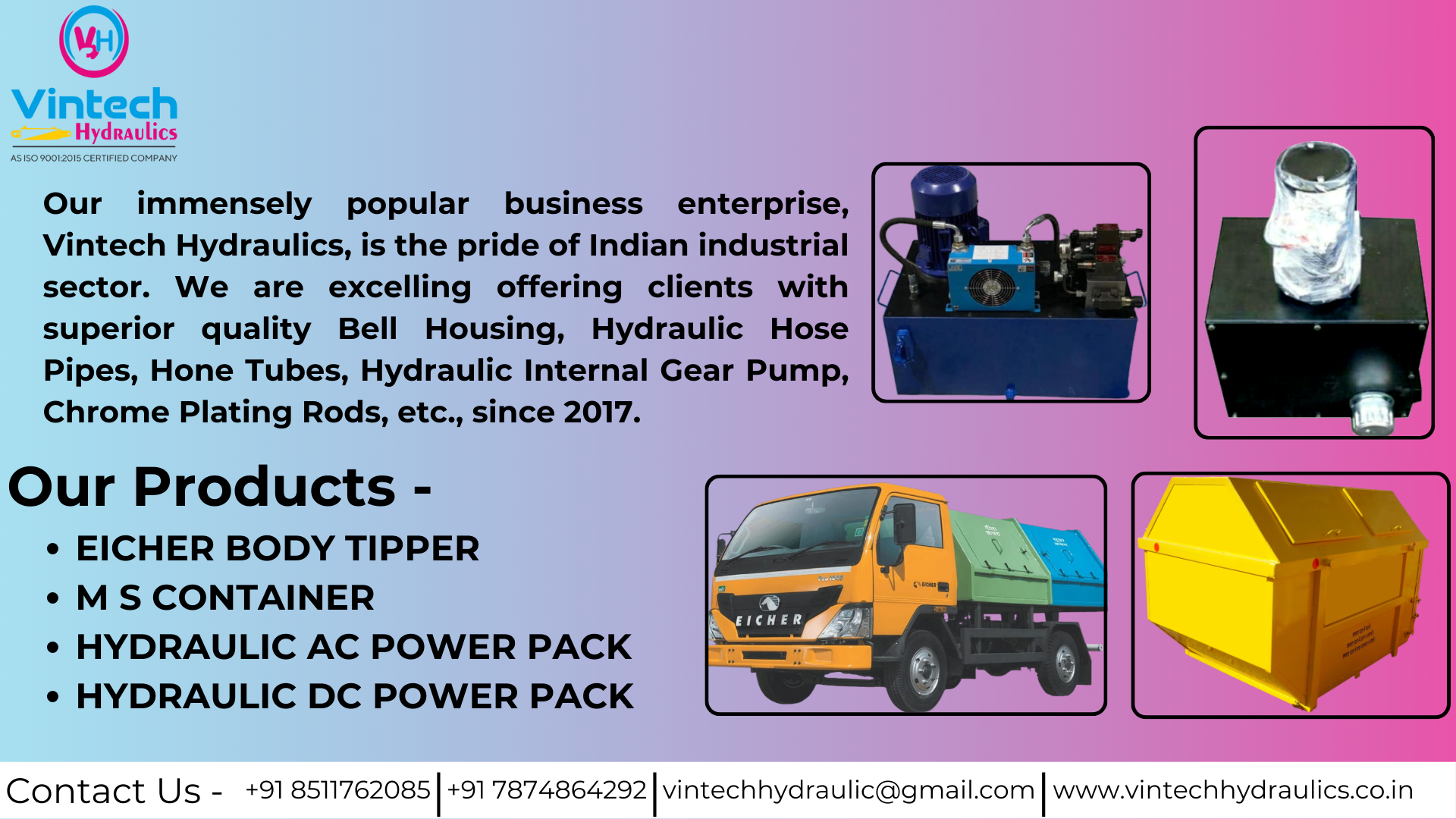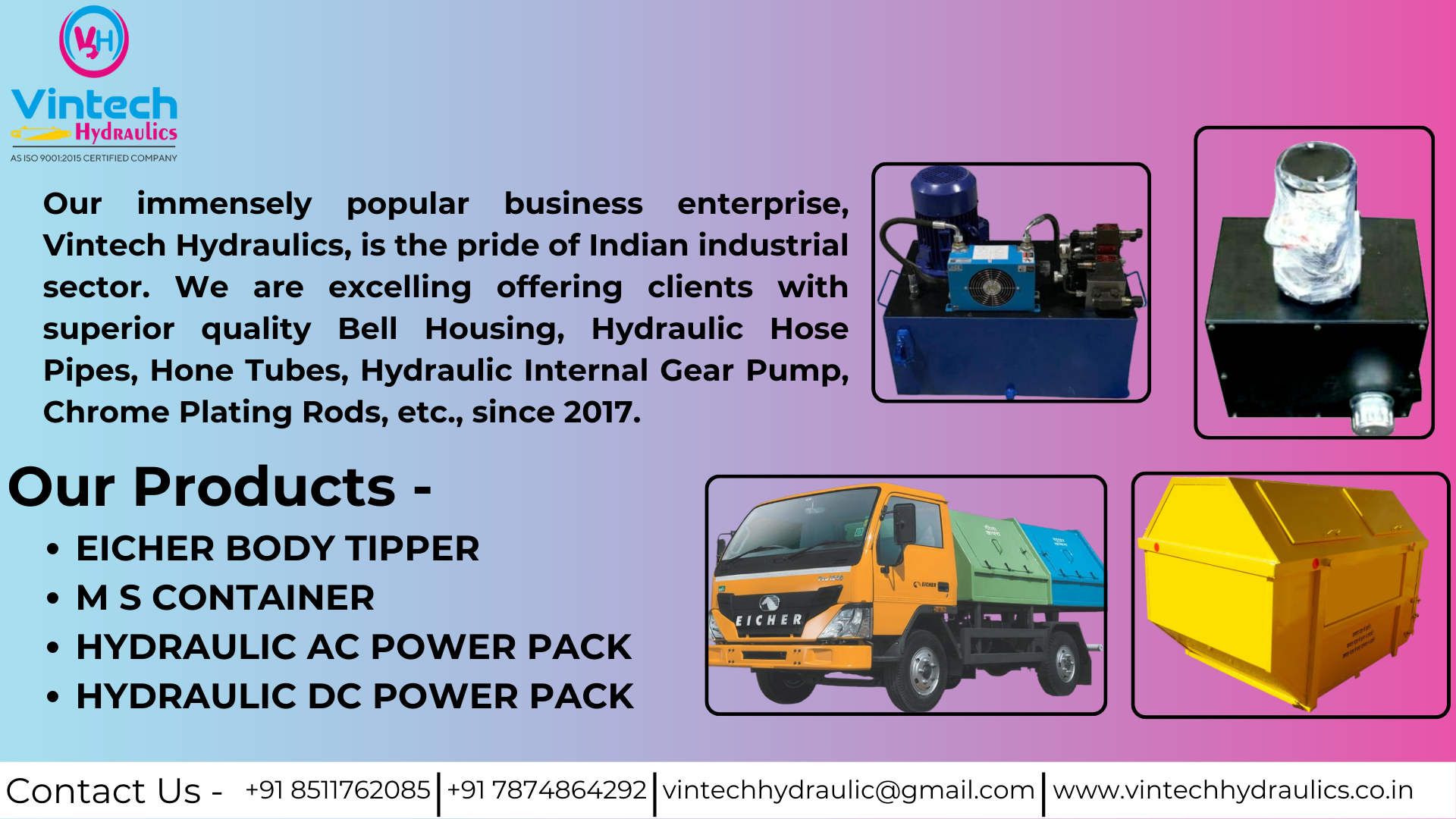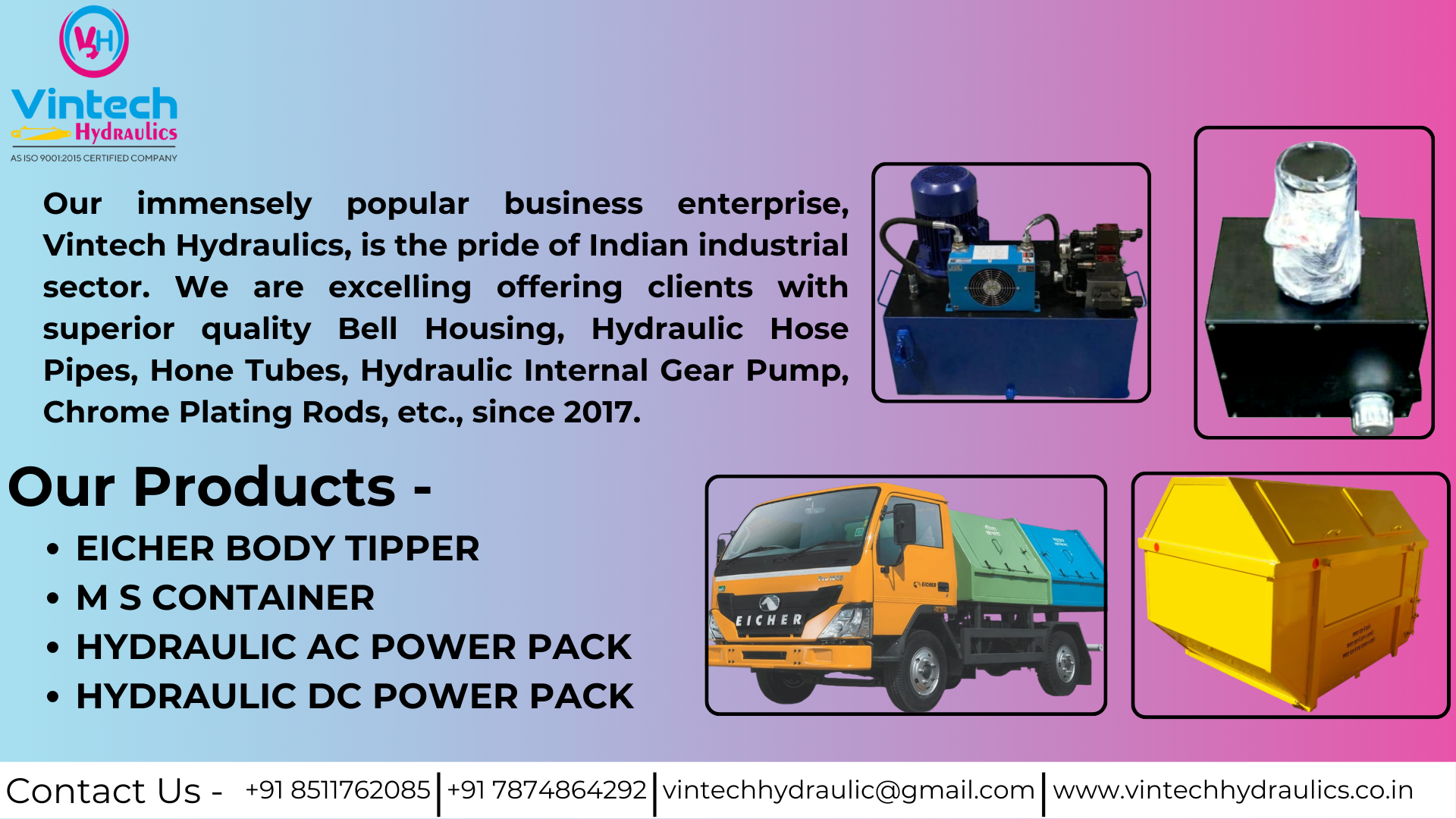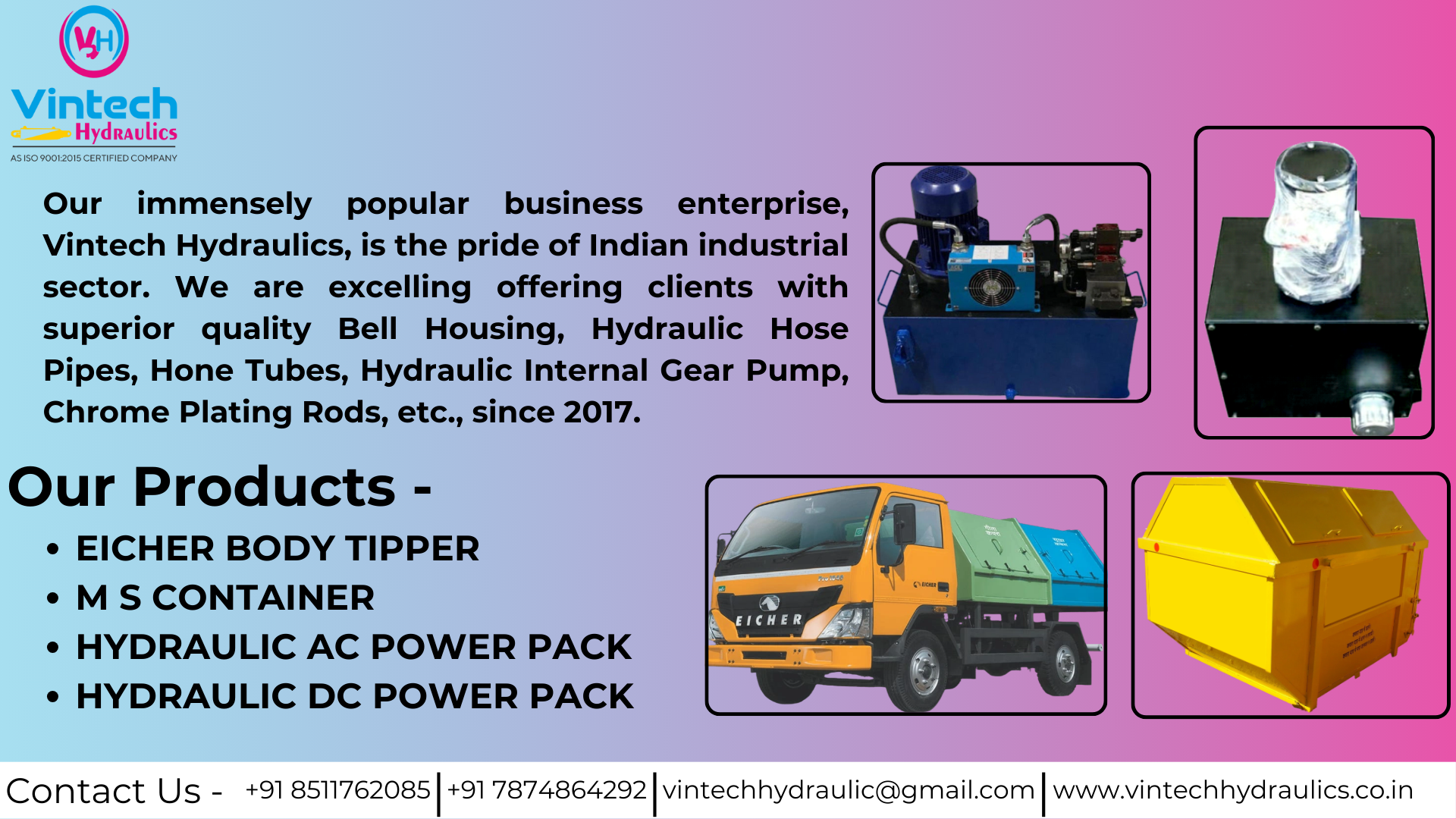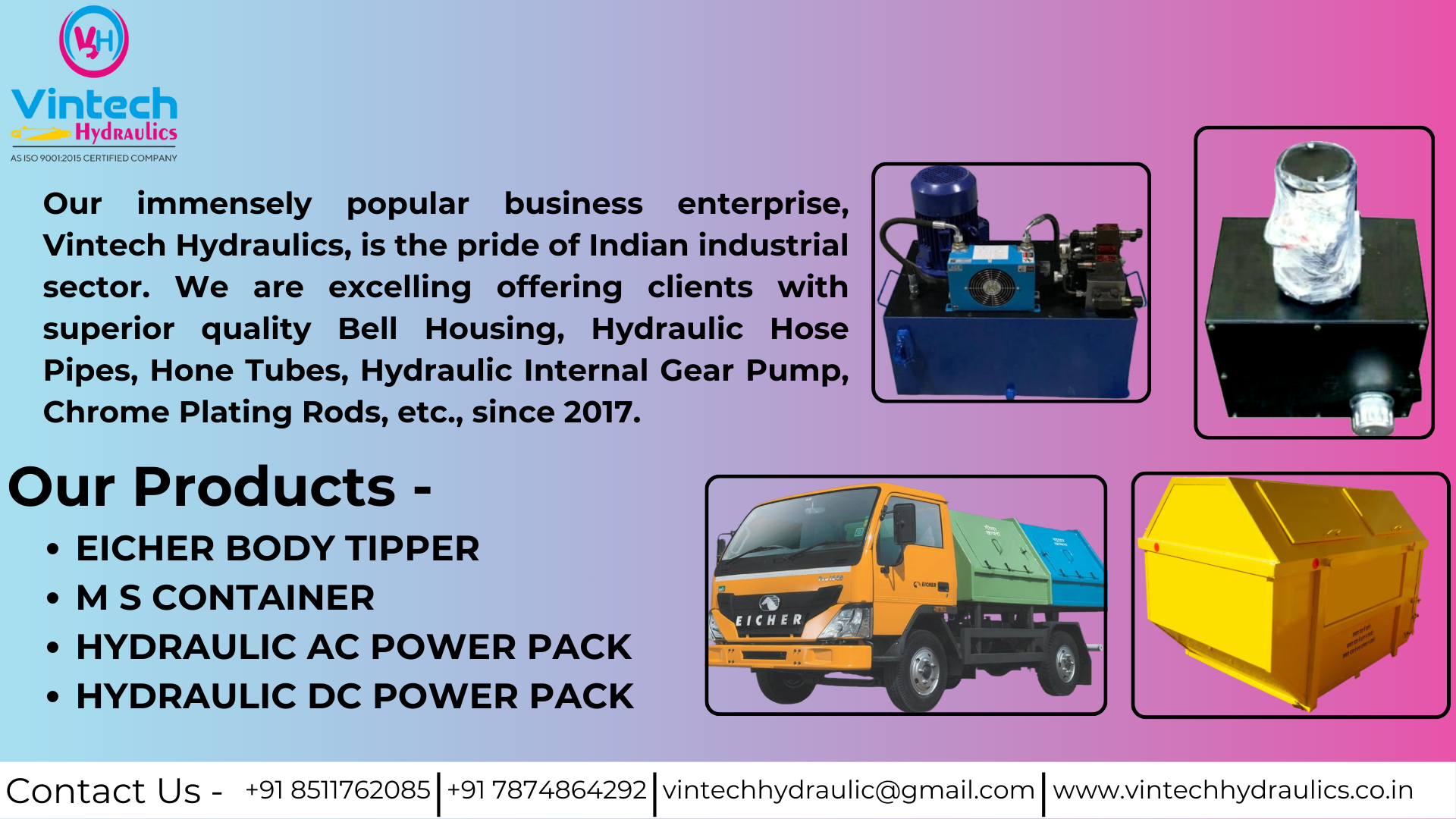
Hydraulic Axial Piston Pump
Hydraulic Axial Piston Pump
What is a Hydraulic Axial Piston Pump?
A Hydraulic Axial Piston Pump is a type of positive displacement pump where multiple pistons move in parallel (axial direction) inside a cylinder block to generate hydraulic pressure. It is widely used in high-pressure applications due to its efficiency and precision.
How It’s Made – Manufacturing Process
1. Design & Engineering
-
CAD Modeling: Engineers design the pump using CAD software, defining parameters like displacement, pressure, flow rate, and number of pistons.
-
Material Selection: High-strength materials such as hardened steel, aluminum alloys, and cast iron are used for durability.
2. Core Components
3. Manufacturing Steps
-
CNC Machining: High-precision parts are machined for tight tolerances.
-
Heat Treatment: Parts like pistons are heat-treated for strength.
-
Surface Finishing: Polishing, nitriding, or coating to reduce wear and improve life.
-
Assembly: Pistons are assembled into the cylinder block, connected with the swashplate or bent axis mechanism.
-
Testing: Each pump is tested for leakage, pressure, efficiency, and noise.
Working Principle
Where Are Axial Piston Pumps Used?
Industrial
Construction Equipment
-
Excavators
-
Bulldozers
-
Loaders
-
Cranes
Agricultural Equipment
Marine
-
Ship steering systems
-
Deck machinery
Aviation
Automotive
Advantages of Axial Piston Pumps
| Advantage | Description |
|---|
| High Efficiency | Up to 90% volumetric efficiency. |
| Compact Design | Small size, high power density. |
| Variable Displacement | Flow rate can be adjusted. |
| High Pressure Capacity | Operates efficiently at pressures up to 500 bar (7,250 psi). |
| Smooth Operation | Low pulsation and noise levels. |
| Long Lifespan | Durable materials and design reduce maintenance frequency. |
| Reversible Flow | Can be designed to allow reverse fluid flow. |
Importance & Significance 1. Precision Fluid Control
2. Energy Efficiency
3. Versatility
4. High Pressure Applications
5. Customization
Frequently Asked Questions (FAQs)
Q1. What is the difference between axial piston and radial piston pumps?
A: Axial piston pumps have pistons arranged parallel to the drive shaft, while radial piston pumps have pistons arranged around a central shaft, radiating outward.
Q2. Can axial piston pumps handle dirty fluids?
A: No. These pumps require clean hydraulic fluid. Contaminants can damage the precision components.
Q3. What pressure can they handle?
A: Typically up to 350–500 bar, depending on the model and application.
Q4. What are the types of axial piston pumps?
Q5. Are axial piston pumps repairable?
A: Yes. They are designed to be disassembled, maintained, and repaired, but require professional service due to tight tolerances.
Key Takeaways

